Many people still hold onto the classic handwashing method for cleaning clothes. Though it has to remove the stains from the core, the problem arises with wringing. In fact, removing excess water can become pretty troublesome from time to time.
And there seems no need to spend a lot of money on commercial wringing devices. Why not build a functional wringer using some aftermarket parts by yourself? That’s right; we managed to enlist some preferable methods within your expertise & budget.
Table of Contents
1. Standard Cloth Wringer
Combining a washer with a wringer mechanism can save your time on cleanups. The article explains a compact design to hold everything in one bucket stack.
You’ll require three buckets, one plunger, one lid & an optional bulkhead tap for the project. Then, you better implement the three notified steps to start making the combination. And there are distinctive segments to cover the washer & the wringer processing.
Five steps will prepare the washer, while the execution of six steps will set the wringer. Certain images to capture definite moments should depict the action.
2. Off-Grid Washing Machine
It seems a great alternative to the old-fashioned wringer to some extent. The off-grid machine enables you to replace the power-consuming devices right away.
Everything necessary for the project appears onscreen, fitting into a simple list. And the action continues in a normal motion to keep you catching up with the pace. Of course, onscreen commands are sure to provide additional help with its immediate implementation.
Also, there is background commentary to induce maximum simplicity with the tutorial. Almost anyone can hold the points to craft a functional off-grid assembly.
3. Laundry Clothes Wringer
Washing the clothes by hand remains popular to deal with stubborn or disgusting marks. But problems tend to start with the removal of excess water in a plausible way.
Applying pressure on the wet clothes is sure to pull out the excess cleanup water. And the idea utilizes the mechanism in a confined space for a subtle wringing. Above everything, you must collect some god-conditioned 5-gallon buckets to shape the design.
Drilling holes in an established pattern will let the water out from clothes upon pressure. And you ought to get the job done on the verge of a sloped drain to skip a watery mess.
4. Cloth Washer Plus Wringer
Washer-wringer combination can provide several benefits, saving your time & effort. And the video tutorial seems to justify the phrase through a simple implementation.
Completely shooting from one specified direction may keep the project vague. However, you must pay attention to the ongoing process without missing any bit. Drilling holes in the bucket prior to completing the assembly shouldn’t look hard from the start.
Onscreen commentary is sure to provide additional help in understanding the work. The tutorial even reveals the real-life working action through actual sample cleanup.
5. Simple Homemade Wringer
Inadequate method of wringing excess water from the clothes can create an absolute mess. And a simple wringer can save your time on any outdoor participation to a great extent.
The primary requirement concerns a bucket, mop, rolling pin, towel, laundry basket & table. And you’re ready to start building a useful wringer following the necessary item collection. There are only three distinctive steps to cover the entire job at once.
Each step includes sufficient words to explain the intended task with superb simplicity. Additional tips on the towel method with a warning on standard design should justify the action.
6. Wringer Hand Washing System
Apart from the conventional bucket method, you can utilize a mechanical rotation. The video explicitly reveals the mechanism of a wringer system with solid wooden pipes.
All you need is to push the wet clothes inside the slight opening of connected pipes. Rotating the lever will press the clothes to come out at the other end. And it can effectively remove the water for lightweight clothes, definitely not heavy winter fashions.
Noticeable lack of implementing details may give you trouble with its initial buildup. But you can either purchase the assembly or consult an expert regarding the assembly.
7. Hand Wash Cloth Wringer
Instead of looking for settled methods, you can start checking the online forums. And the page seems to discuss some unorthodox yet extremely usable design methods.
Noticing the contents closely, you’ll find two distinctive methods on DIY wringer. The first resembles a similar structure to the mentioned wooden rotation. You’ll need wooden dowels, PVC pipes, flexible bungee cords & supporting posts, or trees.
Meanwhile, the second method appears somewhat complex but modern in design. Assembling PVC pipes, screw clamp & rolling pins with conveyer belt makes the frame.
8. $5 Bucket Washing Device
Start cleaning the dirty clothes using no electricity on an expensive washing machine. The handmade device requires a mere $5 cost without taking much of your free time.
Only four distinctive steps cover the entire process, letting you skip certain complexity. For a bucket with a fitted lid against a suitable plunger, you’ll need a drilling machine. Step 2 concerns drilling holes throughout the bucket before moving to step 3 usage.
You’re free to make changes to the implemented design, thanks to the integrated videos. And there comes a long discussion on the wringing of your washed clothes.
9. DIY Laundry Wringer
Regardless of your current status or condition, modifying some buckets will get you the wringer. It seems like an amateur video with minimal description of the idea.
However, paying attention to the background commentary should explain things in a better way. Likewise, you’ll have to manage several buckets of a standard size to decide on its establishment. You’re to drill holes around the surrounding surface to allow the water to drain.
The process requires almost no tool but a drilling machine to draw the circular openings. Setting the laundry wringer is sure to leave an impression in terms of usability.
Conclusion
Likewise, there’s no need to waste your money or energy on anything not worth it. You better make up the budget or resources to match the individual method. Right there, the ultimate wringer device for your cleanup will take care of itself.

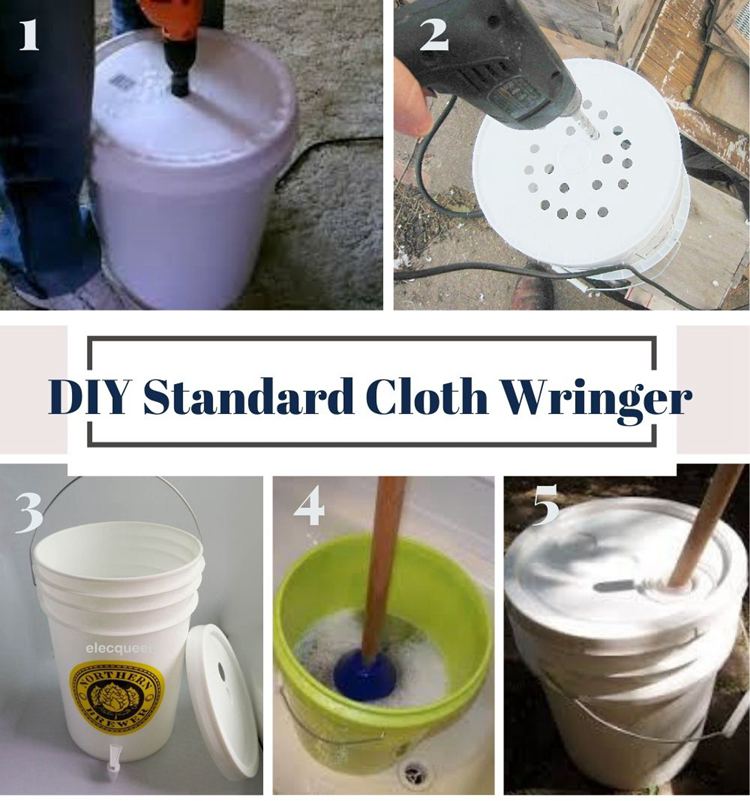
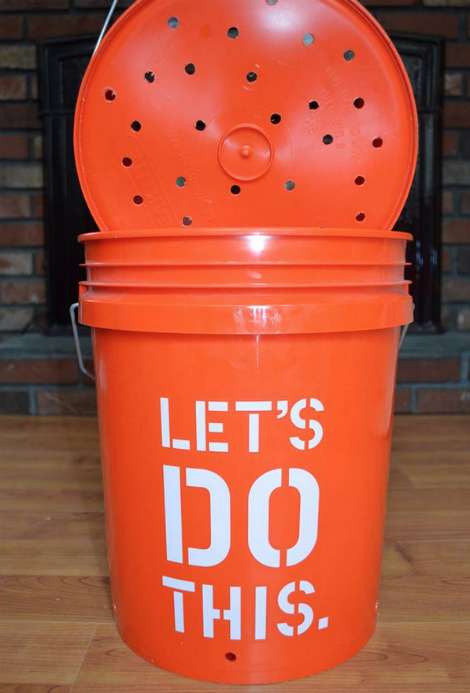
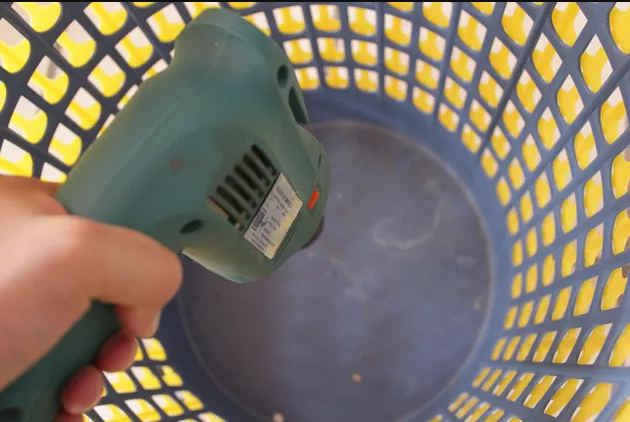
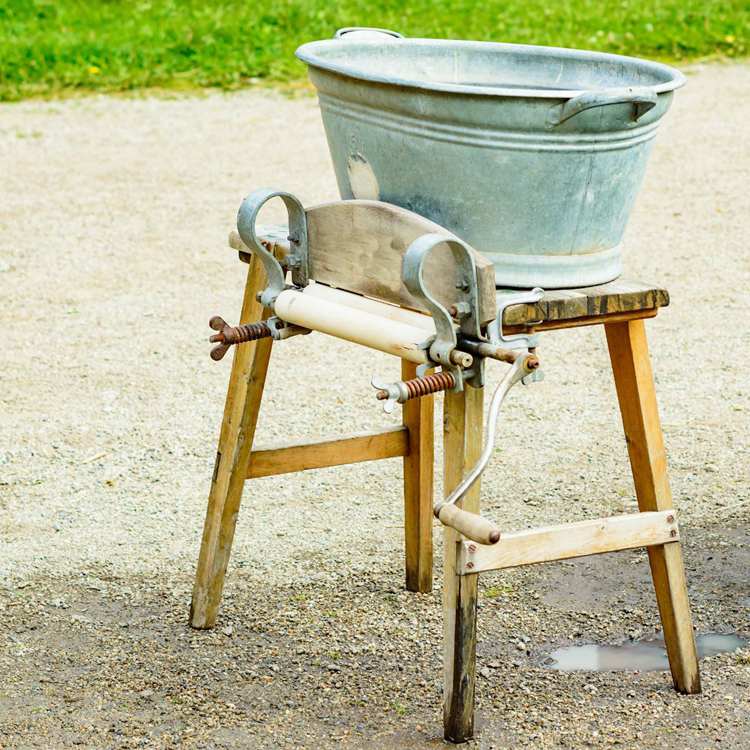
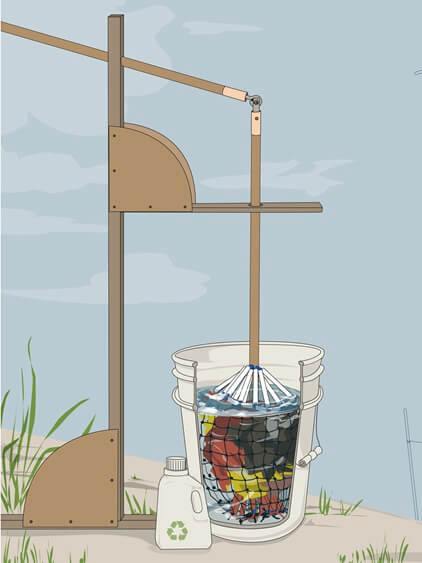
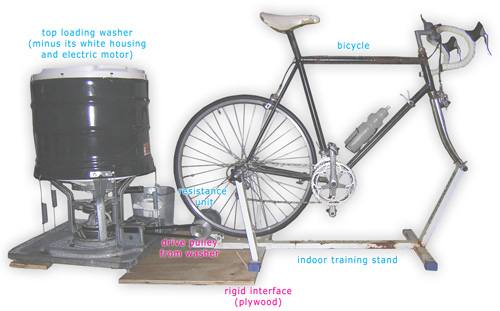
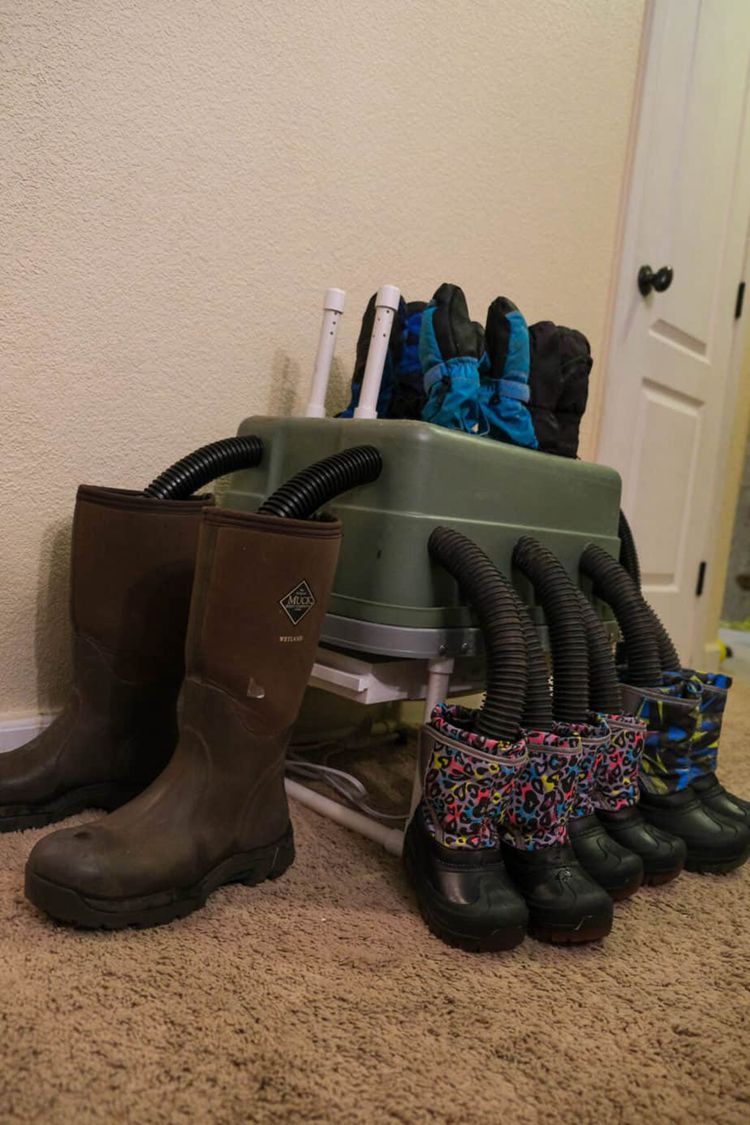
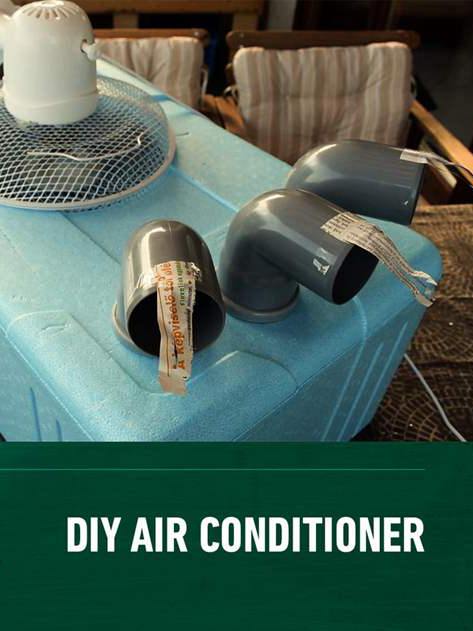
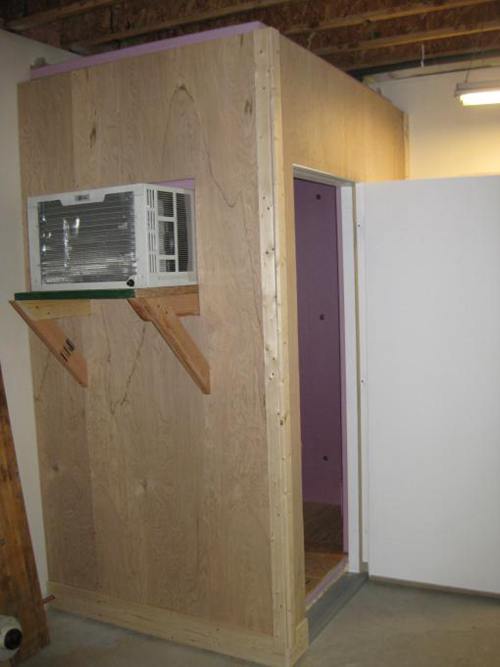
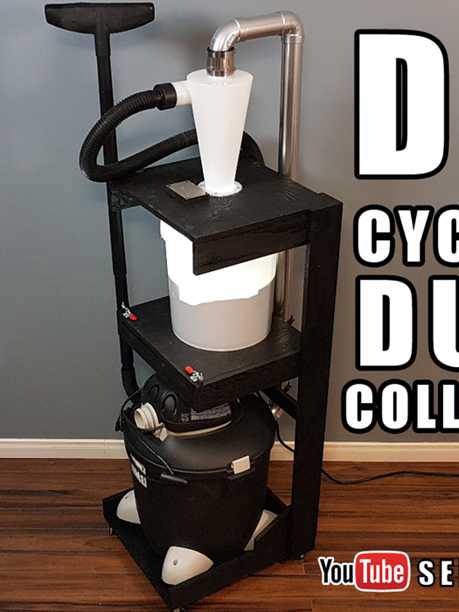
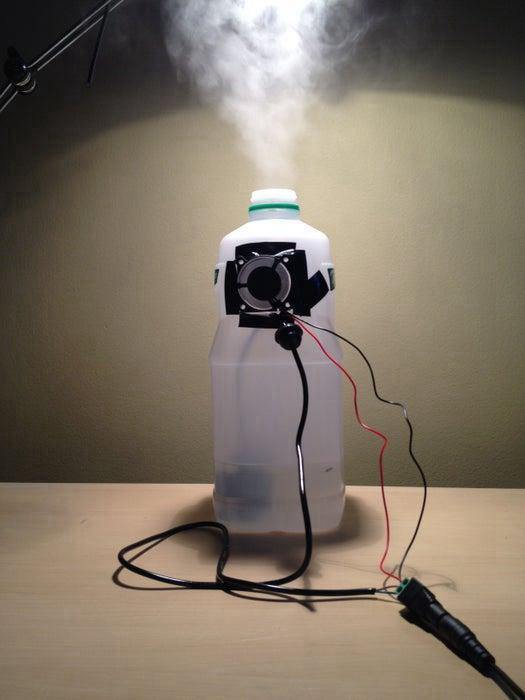
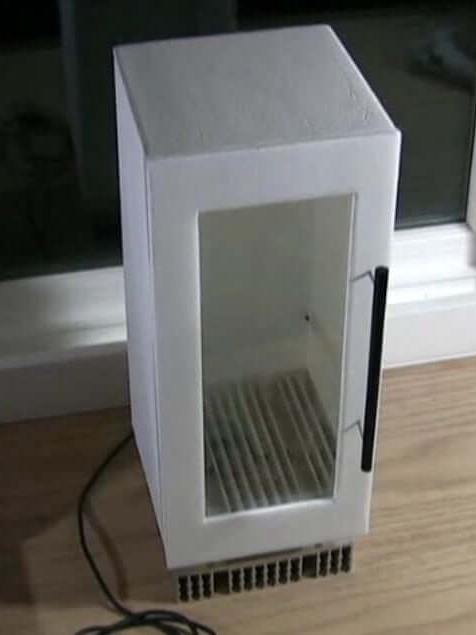
Ask Me Anything